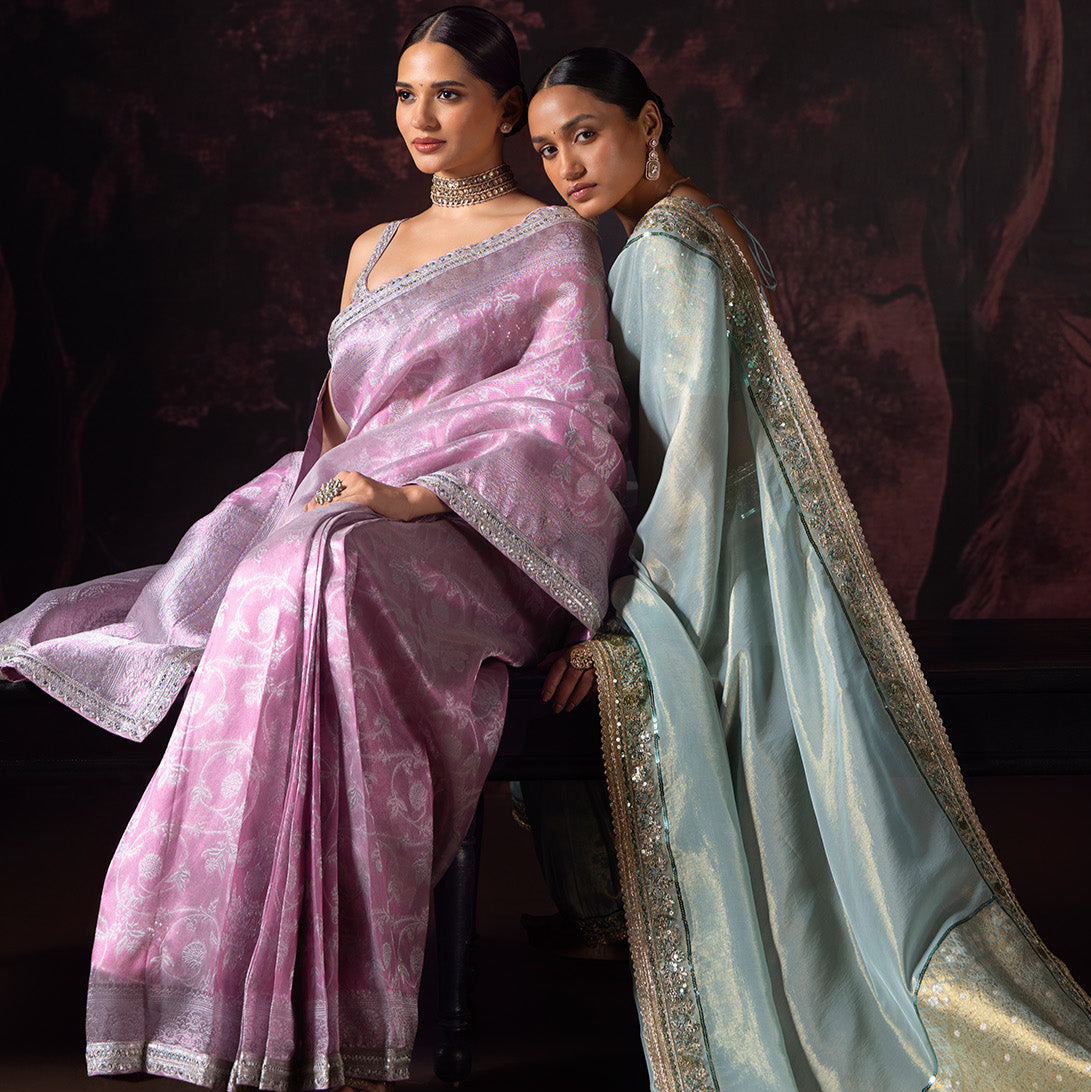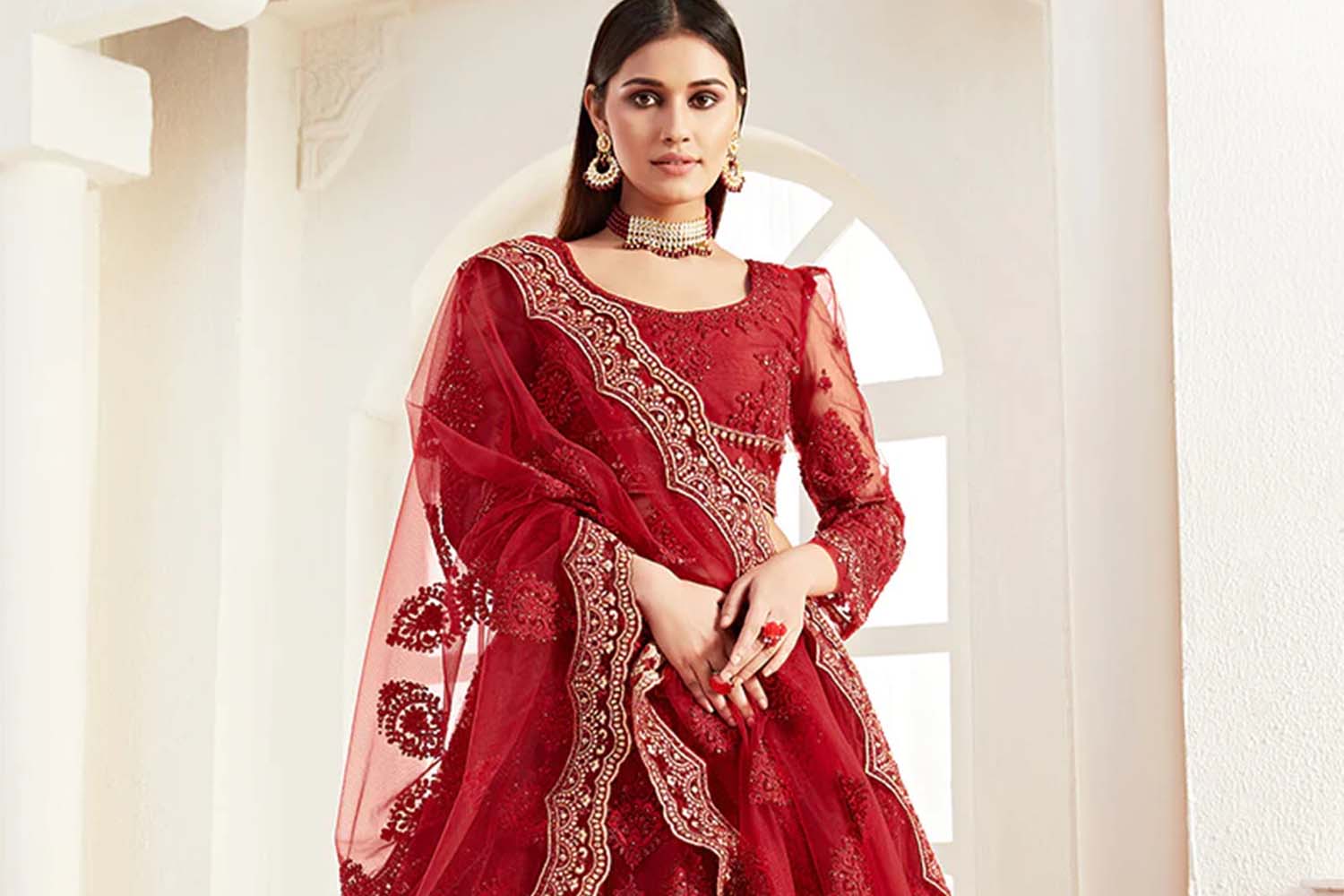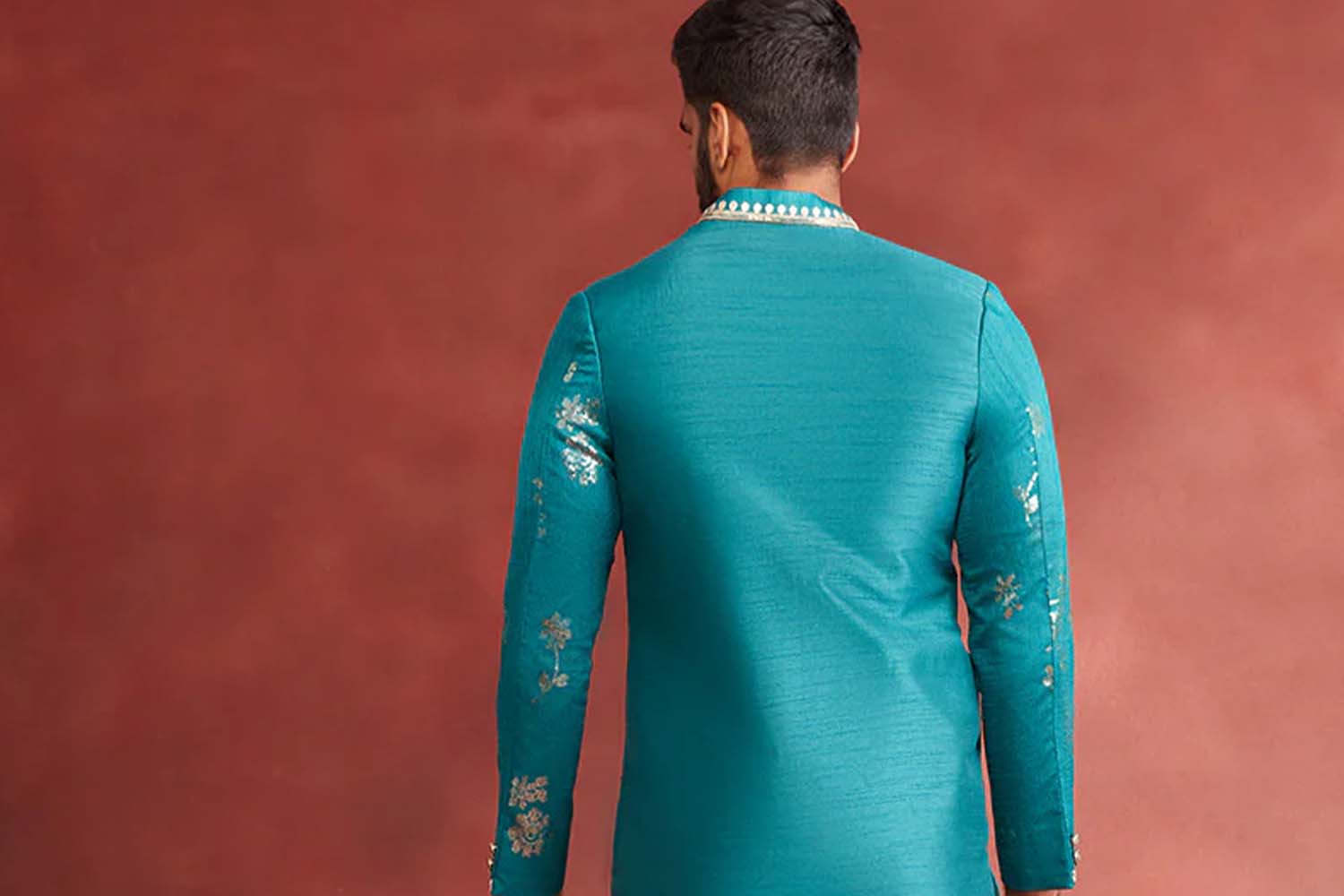
How To Celebrate Diwali in a Lehenga
What Is Diwali?
Diwali, sometimes called Deepavali or the festival of lights, is one of the most celebrated festivals of India and marks the Indian new year. It occurs every fall during the Hindu month of Kartik. (That’s around mid-October, but it can be as late as early November.)
Diwali occurs on the darkest day of the lunar calendar, the day of the new Moon. Diwali is a celebration of lights and sweetness. It is a symbol of victory of brightness over darkness, good over evil.
Diwali celebrations last five days and are full of festivity up through the last day. The lighting of the oil lamps, candles (diyas), and sparklers all around the house, wishing good fortune to loved ones, and setting off firecrackers are the main customs of the five-day festival. Fireworks are traditionally set off on the night of the five-day celebration, which is said by some to ward off any evil omens.
The exchange of gifts during Diwali is also an important observance of the celebration. Friends, families, and colleagues share gifts with each other and say “Happy Diwali” as a gesture of love and affection. Another huge part of Diwali is the grand feast with delicious sweets. People often also wear new clothes, which is definitely something that Lashkaraa knows all about.
What Are the Five Days of Diwali?
The five days of Diwali are called Dhanteras, Naraka Chaturdasi, Lakshmi Puja, and Bhai Dooj. The following list is general and not in any way specific to every Diwali celebration, which are all unique based on the country, region, and family.
First Day
Some people choose to spend the first day cleaning homes or creating beautiful rangoli (designs made of colored rice, colored sand, or fresh flowers on the floor in front of the house).
Second Day
The second day can sometimes involve buying or making special sweets (especially mithai). People may also make mysore pak: a treat often made with chickpea flour.
Third Day
For many, this is the main day of Diwali. Some families gather and celebrate by lighting diyas in their homes and in the streets or by shooting off fireworks.
Fourth Day
This day can celebrate the bond between husband and wife for some observers. Couples may choose to exchange gifts or display other acts of love.
Fifth Day
The final day of the celebration is meant to honor the bond between siblings, specifically between brother and sister.
What Is a Diya?
A diya is a clay lamp often associated with Diwali. A “diya” is a small clay lantern known for its dazzling, enchanting light. You’ll see these all around major cities like New Delhi and New York during Diwali.
A cotton wick is used in diyas, and oil (ghee specifically) serves as the fuel. These lights can be plain or colored, big or small, simple or fancy; it depends on the preferences of each person. No matter what is going on in the world, a brightly lit diya is a comforting and inspiring sight.
What Are the Traditional Sweets of Diwali?
Diwali can be associated with diyas, firecrackers, and, more than all, delicious food! A few days before the main Diwali festival, the preparation of traditional dishes for family, friends, and close ones begins. The feast itself can be quite extravagant, depending on the family. You might see tables filled with dishes only made on special occasions and sweets whose smell will leave your mouth watering.
One of the most incredible aspects of this holiday is the connection between family, friends, and neighbors. In the spirit of community, loved ones share delicious traditional sweets with those around them. The variety of Diwali sweets may include various traditional Indian delicacies such as Soan Papdi, Wheat Laddu, Besan ki Barfi, Khoya Laddu, and so much more.
Rangoli Designs
The word “Rangoli” is derived from the Sanskrit word “Rangavalli.”'
Everyone might make Rangoli designs a little differently, but, in general, here’s the summary: Rangoli is a type of folk art consisting of beautiful, intricate designs made with rice flour, lentils, beans, or flower petals. Rangoli is not exclusive only to festivals; some make these designs on a regular basis. Common imagery includes fish, peacocks, flowers, and other natural elements.
Depending on the region, the term “Rangoli” can change. For example, in South India, people know it as “Kolam.” Those in Rajasthan call their version “Mandana.” Based on the region, the Rangoli practices change, including the location (walls vs. courtyard vs. front doorstep) as well as the materials used.
Playing Cards With Friends
It’s popular to play cards on Diwali day with family and friends. In many homes, people invite their friends and relatives over to play cards.
Friends get together to try their luck in a game of cards. The memories made on Diwali night can be joyful for the winners, and the losers can't wait for the next Diwali to come around.
Lehengas on Diwali
Diwali is a festival where one can get extravagant with apparel and jewelry choices. Some people believe that by wearing something new, you are symbolizing new beginnings.
Since it’s Diwali, you might choose to visit relatives. This is a wonderful opportunity to combine traditional Indian garments with your personal style.
Here are a few things to keep in mind:
- If you are meeting friends and family, going from one place to another, make sure that your outfit is comfortable and easy to carry.
- If there are candles and firecrackers everywhere, it’s essential that you don't wear anything that you can’t carry. For example, in the event that you are moving around between multiple Diwali parties, wearing a saree may feel confining to you. At that point, it’s just easier to go for a lehenga.
Lehengas tend to be more lightweight but are just as stunning as other traditional wear. With lehengas, you get to pick whether you want the distinguishing factor to be color, design, or a combination of each.
Below are a variety of lehenga options that can be worn to any occasion.
What Are the Best Lehenga To Wear for Diwali?
Minimalist Styles
The White Satin Lehenga with Floral Dupatta is super light to wear, both style and design-wise. It’s the perfect fit to wear if you’re trying to go for a more minimal look for a daytime celebration. There’s a subtle luster to the dress itself, and paired with the delicate flower dupatta? It’s sure to turn heads.
Or, perhaps you’ll love the Light Gray Multicolor Sequins Embroidered Lehenga. The way it dazzles in rainbow twinkles when you twirl, it looks like elegant soft chain-mail armor. Covered in head-to-toe in silver sequins, this embroidered dress is sure to sparkle as you walk down the lines of candles during the night.
If you’re looking for a darker but still sleek gown, try the Deep Blue Heavy Embroidered Velvet Lehenga. A dress unlike any other, meant to both stand out in the crowd and easily slip into it as well.
The color itself is one to marvel at, a royal blue that is matched with the intricate and delicately embroidered twinkling sapphire-like stones. The cherry on top are the sheer sleeves with dark blue floral designs that gently wrap around.
Floral Styles
The Olive Yellow Floral Chanderi Lehenga is a light yellow cotton dress dotted with large white floral blooms that is easy to wear and just flashy enough. When paired with intricately designed earrings, your very essence will be pure joy.
Looking for something traditional but glamorous? Try the Pink and Silver Printed Organza Lehenga. This is a chic and modern look that incorporates soft curves and flowers in its designs: this is the lehenga for you!
Dramatic Styles
The Teal and Purple Embroidered Silk Lehenga is a brilliantly stone-embroidered royal lehenga that has pinkish violet dupattas hanging off the shoulders. It would go perfectly with any kind of jewelry you could wear, the ideal dress for a newlywed bride’s first Diwali!
The Multicolored Embroidered Georgette Lehenga, with rows of inlaid stonework coupled with intricate floral designs embroidered with mirrors and crystal beads, it’s a lehenga meant to impress. Understated with its darker maroons and butterscotch, it’s still a dress that glitters and shines in its own way.
Opt for the Dark Green and Gold Embroidered Lehenga if you’re trying to balance the heavy traditional and the light modern. Monotone in its beautiful forest green and coupled with intricate stonework make it an elegant dress during the day and night — this might be the lehenga for you.
The Black and Gold Embroidered Velvet Lehenga is an absolutely gorgeous dress to wear to those late-night Diwali parties. With light gold embroidery and stone work done on the blouse, it’s a light yet modern lehenga to wear to both traditional and slightly less formal occasions.
Shining Bright
However, of all the customs, rituals, and traditions, the heart of Diwali is family. With everyone wearing their best clothes, families gather together to enjoy each other’s company and relish in the festivities.
At Lashkaraa, we make traditional garments with traditional practices to bring to the modern world. No matter where you are or where you’re headed, we make it easy to bring the shimmer of India anywhere your journey takes you.
Sources:
Diwali, The Festival of Lights | SCFI
What Is the Difference Between the Lunar Calendar & the Solar Calendar? | Sciencing
Diwali Sweets Recipes | BBC Good Food
Rangoli: A Colorful and Creative Expression of Indian Folk Art | Richland Library














